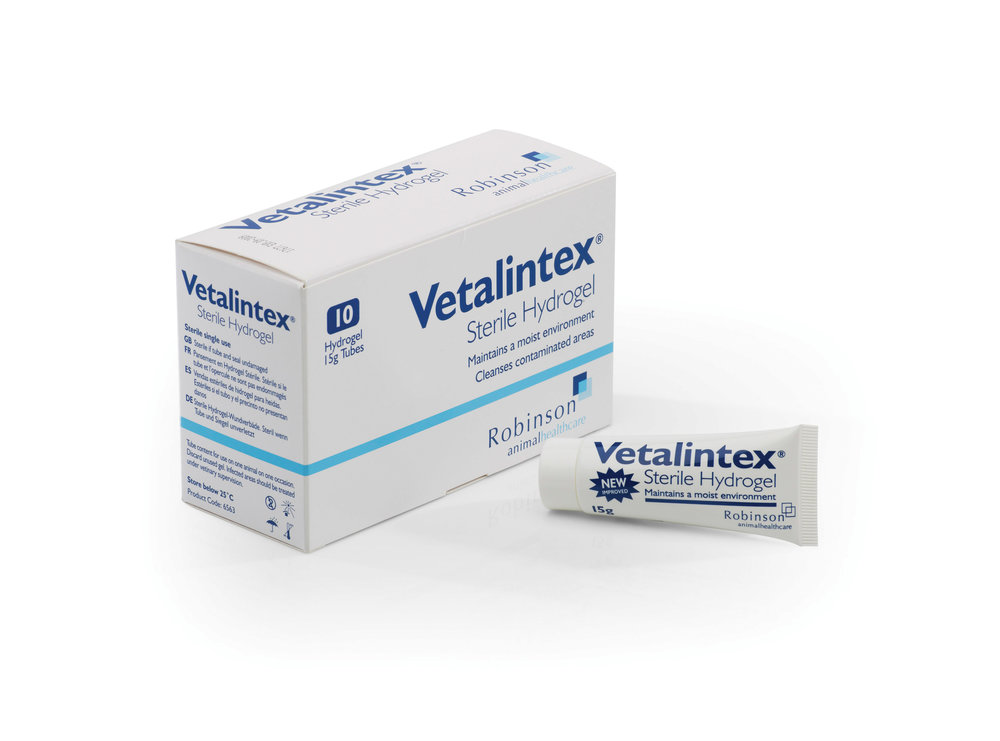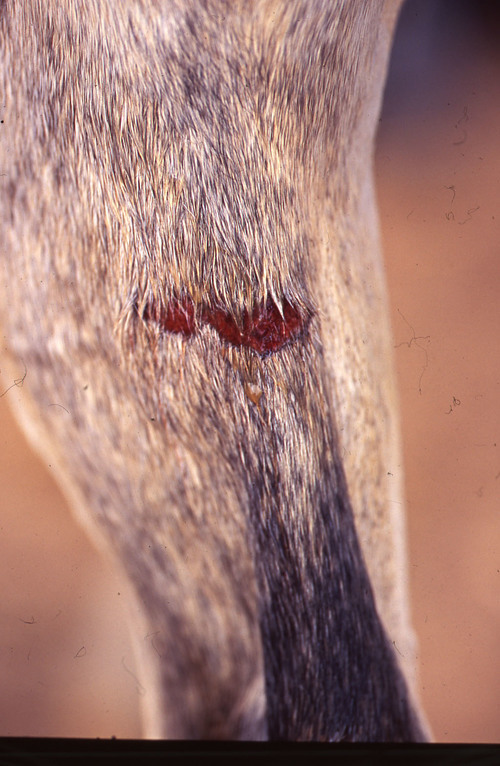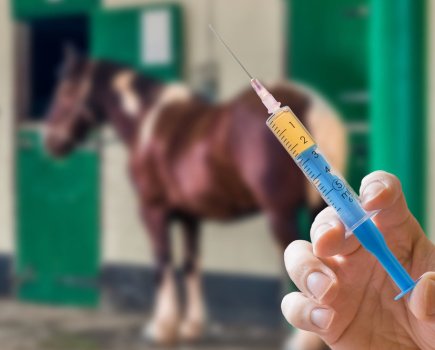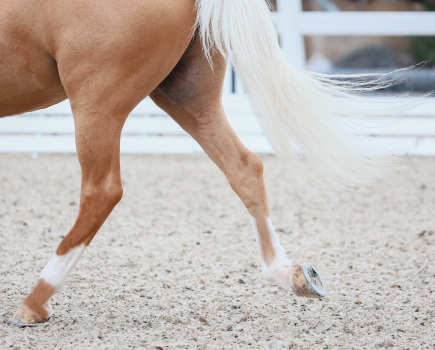As a horse owner, you may unfortunately find yourself in a situation where your horse has injured himself.
Faced with a nasty looking wound, the primary concern is to clean the wound to prevent infection taking hold and call your vet if needed.
During the healing process, it’s important to manage the wound to limit the degree of scarring.
Once a scab forms, it prevents the new skin tissue from growing flush with the surface of the existing skin, which results in the formation of a scar.
The site of the wound can have a big influence on the likelihood of a lasting reminder of the injury.
Wounds on the body have plenty of loose skin that can easily be knitted back together with a minimum of new skin formation required, causing less scarring.
Injuries to the lower limbs can be more difficult to manage, as there’s little or no loose flesh, which inhibits healing.
To help reduce the risk of scarring, try these steps:
- Clean the wound as soon as possible with a saline solution or a level teaspoon of salt per pint of previously boiled water.
- Provide a moist environment. Wounds heal more quickly in a moisture-controlled environment. The new epithelial cells can move around more easily, allowing the damaged tissue to repair quickly.
- Maintain optimum temperature, which is typically achieved by applying a dressing, insulating and protecting with Veterinary Gamgee® and bandaging.
- By ensuring faster healing, this will limit the formation of a scab and reduce the likelihood of scarring.
 Hydrogels, such as Vetalintex®, maintain optimum hydration levels.
Hydrogels, such as Vetalintex®, maintain optimum hydration levels.
Vetalintex® is presented sterile for optimum infection control and has a gentle cleansing action.
Don’t miss the latest issue of Your Horse Magazine, jam-packed with training and veterinary advice, horse-care tips and the latest equestrian products available on shop shelves, on sale now.









